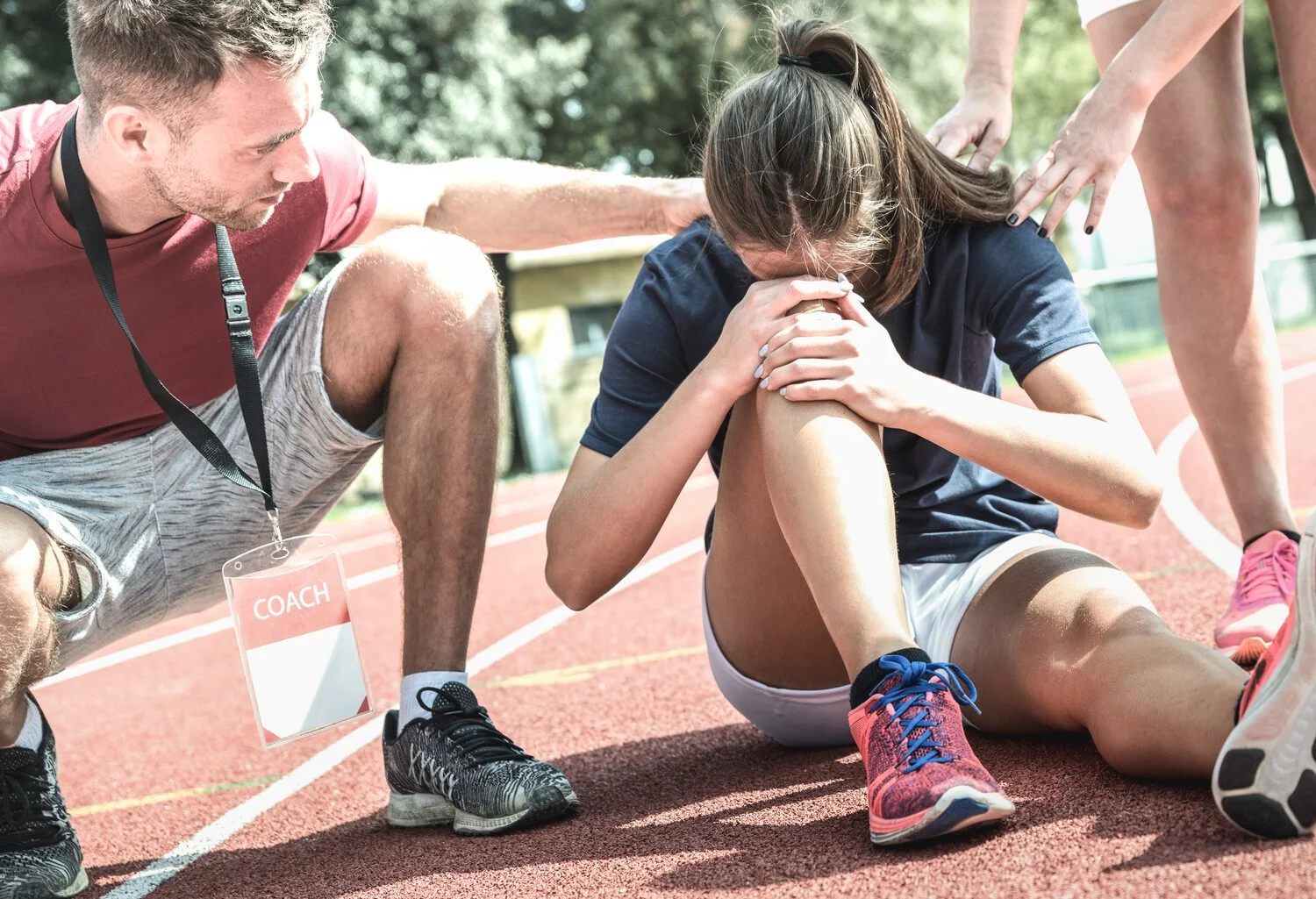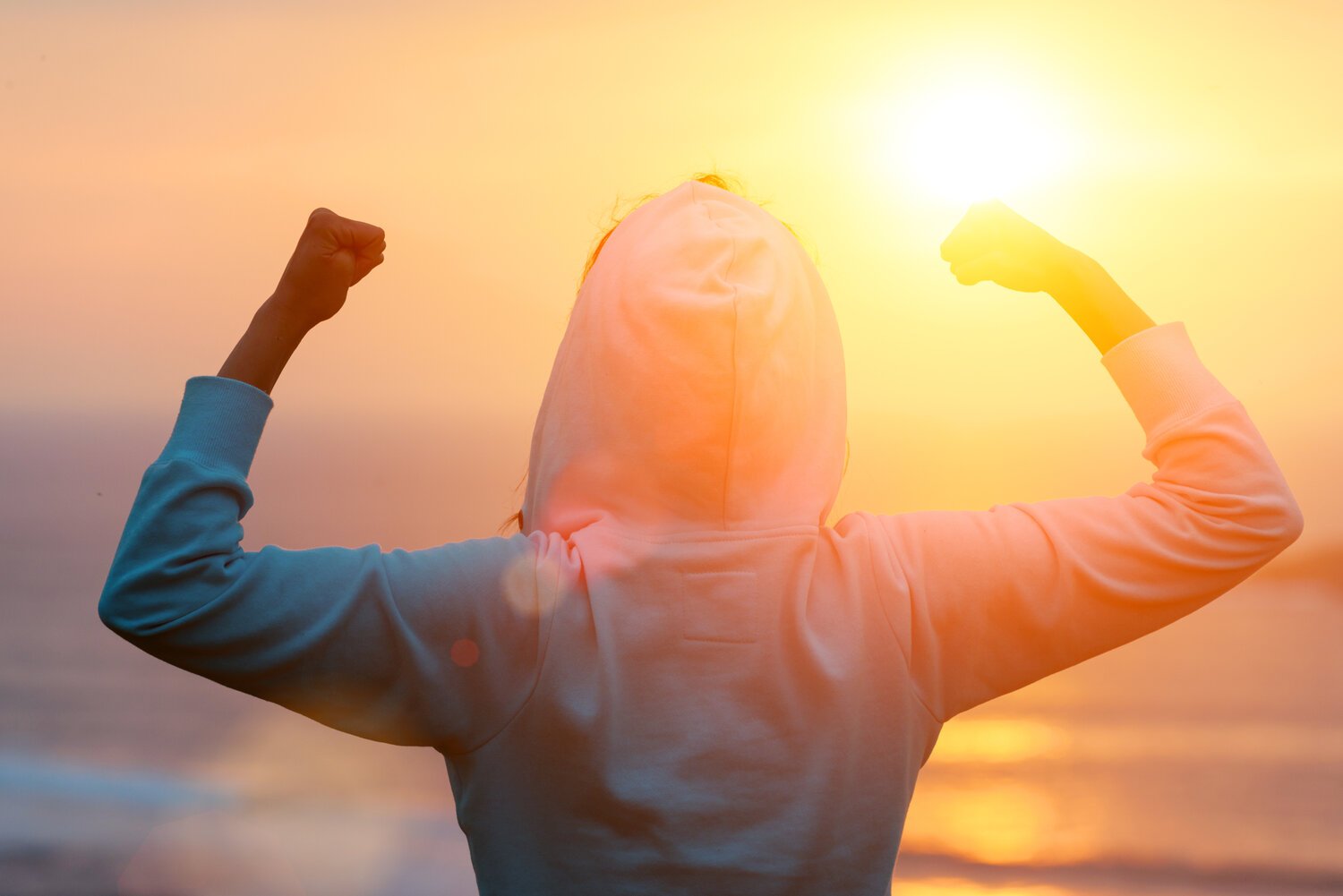EVOLUTION OF THE ATHLETE: A TRANSITION
By Coach Lasey
Approximate Reading Time: 4-6min
Competitive athletics play a large part in personal development, identity, and thought patterning.
You are adapted to constant sacrifice and prioritization centered around your training program and the goal of becoming a better athlete every single day. Taught to manage a busy schedule at a very young age creates the ability to push past feelings of overwhelm, stress, and fatigue. The life skills and comradery created from being an athlete/student-athlete are irreplaceable.
However, the transition and the potential physical, emotional, and/or mental trauma can leave you feeling unprepared for whatever is on the other side of competitive athletics. Being a competitive athlete for over ten years has played a huge role in my life- some positive, others negative.
My career as a competitive sprinter ended due to repetitive injuries and mental health struggles. Due to this, I let go of certain dreams and aspirations a few years before my career actually ended. I was told to stop sprinting by numerous doctors, physiotherapists, family members, and friends, but that was never truly an option. That wasn’t the culture. The notion of “no pain, no gain” was the air you breathed.
I was taught to feel with my head and numb any physical pain felt below it. Physical literacy was not truly understood and sustainability wasn’t even in the dictionary. In the years to follow, I really struggled to find balance. That is not to take away from the wonderful experiences I had, but I was completely unsettled. I left my career confused, ashamed, and angry. I felt like I had failed in so many aspects, but it took me years before I even realized that. I fell into new coping mechanisms that sent me in multiple directions. Gradually through trial and error, an open mind, and active personal development, I started to find enjoyment in other activities.
CHANGING THE NARRATIVE
The reality of competitive athletics is we aren’t always coached or trained from highly experienced or competent individuals. Females rarely have female coaches to meet their basic physiological, physical, and emotional needs. Injuries may not be taken seriously, and mental health is not fully supported.
Many of us leave our careers with unhealed injuries, ignored mental and physical health struggles, unhealthy coping mechanisms, and a severed connection from our body and soul. We then enter the world of finding a stable career or our ‘dream job’, even though many of us do not possess the work experience and financial stability to do so. Thus, we are thrown into a journey of self-discovery. A clean slate.
My advice to any post-athletes reading this is to take this notion of a clean slate and run, sprint, skate, jump, kick, or throw yourself into it. Change your perspective and find the excitement in that. We live in a world of opportunities and adventure waiting for us to enjoy. Take the time to tune into your body and listen to what it has to say. Heal from any trauma and confront it head-on. But most importantly, ask for help along the way.
ACHE MODEL
Here I would like to introduce Restore Human’s ACHE Model to further support the transition.
AWARENESS
Creating awareness of any unhealed areas in your life is a great way to start. Noticing any thought patterns or behaviors that play a negative role in your life and zooming in on how athletics may have played a part in them. For example, saying things like “my body is broken” or “I will never be able to ___ again” can limit you not only physically but neurologically as well.
CURIOSITY
With our heightened awareness, we can then dive into curiosity and exploration of these newly found ideas. You will start to take control of your life again. Many athletes have been told what, how, and when to do things, making it challenging to be completely autonomous. Become an investigator of your own life; play, expand your social circle, explore different places, move your body in ways you have never moved it, and/or take in new information.
HABITUATION
Gradually the positive feelings experienced during your curious endeavors will create new behaviors. For example, the sense of ease you felt after trying meditation inspired you to create a fifteen-minute morning meditative practice. Your body and mind are celebrating the newly created neural pathways!
EVOLUTION
As we move along the path of habituation, we also begin to evolve. Our thought patterns, physicality, and interests may start to change. We then start to see life from a new lens. The narrative that our “glory days” are past us are forgotten as we begin to move towards becoming stronger, more graceful, and resilient.
CONCLUSION
Regardless of your experience with being a competitive athlete, this article is not to take away from all of the wonderful memories you possess. I am very grateful for mine. This article is here to acknowledge a few of the topics rarely discussed when being a competitive athlete, and how daunting the transition can be. With expanded awareness, I hope to help break the recurring negative experiences many athletes share today.
With an emphasis on physical literacy, sustainability, mental health awareness, and mind-body connection, athletes can evolve into becoming stronger, more graceful, and resilient. For any current or post-competitive athletes looking to restore their mind-body connection, find sustainable training practices, and/or explore new and exciting ways to move their bodies, do not hesitate to get in touch!



